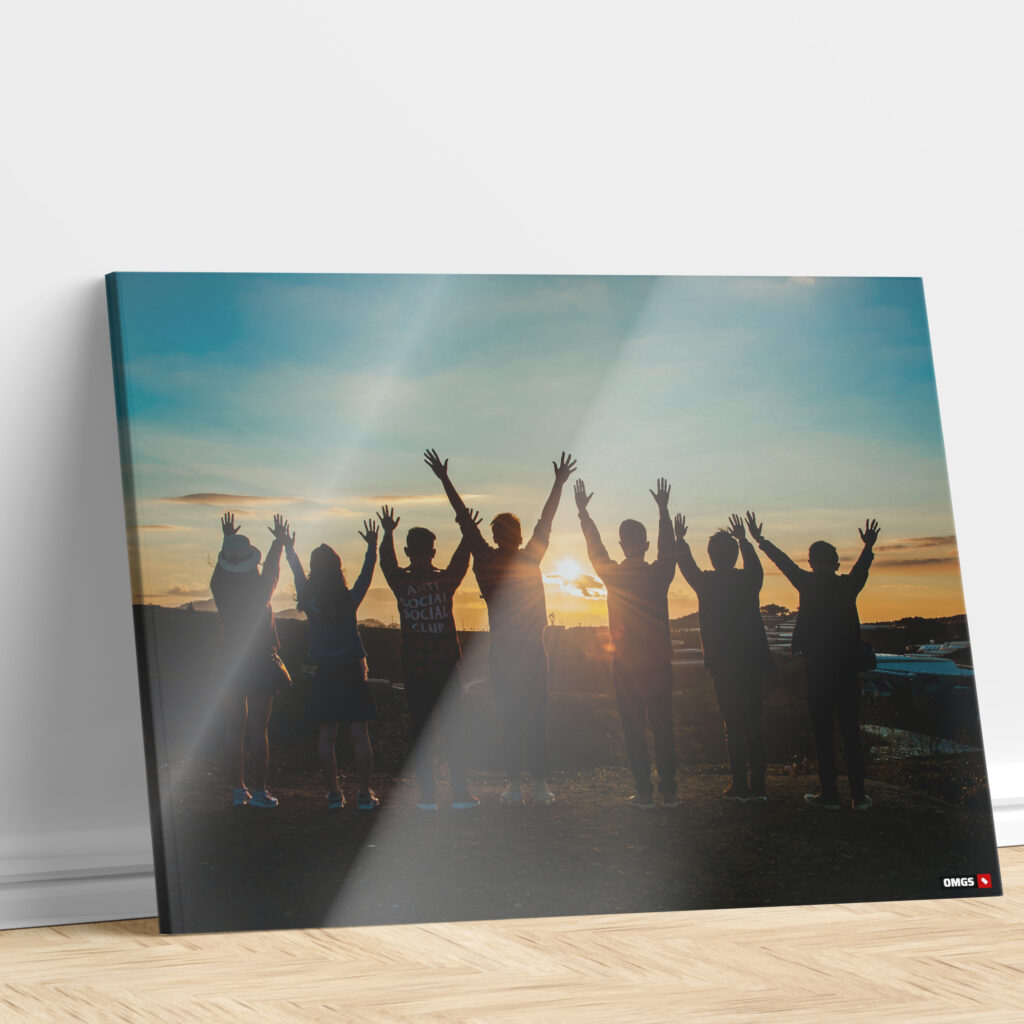Blog
The ideal resolutions for printing in large format
Do you wish to print a large-format version of your favourite photograph? Before you move any further, you must consider a number of factors, including the image’s quality and resolution. These choices are necessary to ensure that the latter is acceptable for the printing of this type. If you want a quality rendering that isn’t pixelated, it’s crucial to figure out the proper resolution for printing your most attractive photos ahead of time. Discover the various steps to follow for a successful large-format photo printing in this area.
But why should you care?
The resolution of any photo lets you know what formats it can be printed on. Whether you can use large formats or different orientations for the picture. To find the resolution you can simply check the properties of the said picture on your PC. With this information, you can calculate the size of your large format photo print according to its initial definition. You can determine whether or not the chosen image is appropriate for a photo print template based on this information. Simply split your image resolutions by 30 to get the right size. You can split the pixels in your photo by 60 to get high-definition image quality (HD).

Calculate the resolutions yourself
There are various online tools available to assist you in determining the proper proportions for your large-format photo printing project. With the help of a tool, you will be able to tell if your photo will be of good quality when printed.
There are different methods to calculate the right resolution to print a photo. There are two solutions that are mostly used to better print the photo of your choice. Depending on your preference, you can perform this calculation either by the number of pixels per centimetre or by the number of pixels per inch or dpi (inch).
Calculating the resolution by the number of pixels per centimetre
For processing a large print image, this is usually the simplest way. There is just one thing left when we have fully set the resolution of the photo we want to print, that is, the number of pixels in height (780 pixels) and width (1024 pixels). To determine the best printing format for your photo, divide the number of pixels by 30 or 60. It’s worth noting that a print quality of 30 pixels per centimetre is considered decent. However, if you choose a resolution of 60 pixels per centimetre, you will still get excellent picture quality, even in high definition.
Calculating the resolution by the number of pixels per dpi or inches (inch)
Many professionals use inches (inch) in image processing to calculate the number of pixels. Most of the programs that assist in the process only offer inches as the unit of measurement instead of centimetres. Before using this strategy, please remember that 1 inch is the equivalent of 2.54 centimetres. It’s critical to be able to transition from one calculation mode to another quickly. A print of HD quality with a resolution of 60 pixels per centimetre is 152 pixels per inch or 152 dpi for short. As a result, a photo with a resolution of 76 dpi has a quality of 30 pixels per centimetre.
Printing the large-format photo
The final step in this process is to print your large format photo. As it will require a bigger printer and paper, it is advised to seek professional help. A store or service provider that specializes in large format photo printing can help you through the printing process with ease. They will use quality materials to carry out the printing which you may not know about.
You can choose the canvas to print your greatest wedding day photos, for example. If you’re a professional artist or own an art gallery, you should use acrylic, aluminium Dibond, or plexiglass for printing. You can check out the photo printing options for large-format photos at OMGs. There are numerous options available, and there is something for everyone.
To put it simply, the resolution is one of the factors that must be judged to have a print quality adapted to your needs. However, there are some other factors that should be considered to make your project a reality, such as the quality of the camera lenses. Indeed, a good quality lens enables you to take photographs that are sharper than others. After figuring out all such important elements you can print your favourite pictures in large formats without a doubt.


 Home
Home Transparent Acrylic Photo
Transparent Acrylic Photo